Chieko Murata
출생 : 1915-02-28, Kobe, Hyōgo Prefecture, Japan
약력
Actress. Born 1915, died November 1995.

Ume
1947년. 긴자의 보석점에서 점원들이 독살하고 보석을 도난하는 흉악한 사건이 벌어진다. 츠바키 히데스케 자작이 용의선상에 올라 조사를 받지만 칸사이를 여행중이라는 알리바이가 성립해 풀려난다. 하지만 히데스케는 딸인 미네코에게 유서를 남기고 실종되어 2달후에 시체로 발견된다. 히데스케의 아내인 아키코는 자살한 히데스케와 꼭 닮은 사람을 목격하기 시작해, 아직 살아있을거라 의심하여 '모래점'을 통해 그 사실을 밝히려 한다. 미네코와 토도로키 경부는 긴다이치 코스케에게 참석을 의뢰하여, 의식에는 긴다이치 코스케를 포함한 10명이 입회하게 된다. 하지만 참석자 중 한명인 미네코의 백부 타마무시가 살해당하는 일이 발생하고, 긴다이치가 이 사건을 조사하던 중 츠바키가의 서생인 미시마가 히데스케와 칸사이의 스마 지방을 둘러보고 왔다는 사실을 알아낸다. 긴다이치는 스마에 이 사건을 풀어낼 열쇠가 있다 생각해 스마로 향한다.

Black Snow tells the tale of a disturbed young man who, after spying on his mother with a black serviceman, finds himself unable to attain sexual arousal unless fondling a loaded gun. Later that night, he murders the GI before running amok through the building and finally slaying his mother's sister...

Japanese comedy film.

Japanese comedy directed by Noriaki Yuasa.

A story full of youthful vigor and spirit as high school students try to work out their problems, realize the awakening of love and growing maturity and find fun and happiness in helping others.

In 1963, Funaki Kazuo's debut song of the same name was released and then it was adapted to a movie based on Kenji Tomishima 's novel “Shake to Tomorrow” with the same title, produced by Daiei with this song as a motif. Singer and actor Funaki Kazuo also appears in the movie, which depicts the fun, love and heartbreak in a Japanese school.

Owner
The remake of Yoshikawa's novel continues with the second installment in which Takezo, soon to be Miyamoto Musashi, emerges from the Himeji Castle after three years of intense contemplation and philosophical study and starting on his epic quest to complete his skill in the Way.

Tamako
Utsugi, a seventy-seven-year-old man of refined tastes who is recovering from a stroke, discovers that, while his body is decaying, his libido still rages on -- unwittingly sparked by the gentle, kindly attentions of his daughter-in-law Satsuko, a chic, flashy dancer with a shady past. Pitiful and ridiculous as he is, Utsugi is without a trace of self-pity, and his diary shines with self-effacing good humor.

A fishing village is terrorized by a giant whale, and the fishermen are determined to kill it.

Fujino Miyahara
Japanese "kayo" film centered around the song "Eriko" by Yukio Hashi.

1962 Japanese movie

Shino
Obscure Masamura film shot in 1961

Kazuko
A young girl is rigorously trained in the feminine arts so that she can become a geisha. As she struggles through life, she learns to live not just as a woman but as a complete person.

Oroku
Features a haunted well with yet another blind masseur's vengeful ghost.

Shikiko Oba is nimble with her fingers and teaches dressmaking and designing. Among her pupils are Rinko, Katsumi and Tomie. Ginshiro, who is as shrewd as the shrewdest of the older generation of dyed-in-the-wool Osaka businessmen, steps into picture and Shikiko soon feels that he is indispensable to her. But the advent of a man in their midst breaks up the harmony that has existed among the four women, as gradually he forces himself on them with promises of love.

Yukio's mother
Yukio, a farm boy, and Toru, a fisherboy, live in a small Japanese village that is periodically threatened by a volcano on one side and tidal waves on the other. Yukio's younger sister Setsu follows then and dreams of becoming a pearl diver. Toru is preparing to go fishing with his father when a bell tolls and a danger flag is hung high on the hill behind the village to warn of an impending tidal wave by the village patriarch, known as Old Gentleman.

Follows the murder of a money-lending masseur by an impoverished samurai. The slain masseur's daughter will also fall victim to his curse, so that she can become empowered as an agent of her father's vengeance.

The first story concerns an attractive young woman who works in a Tokyo nightclub. Her plan for a solid financial future has a double whammy. In the second story, a beautiful young woman is employed by an unscrupulous real estate agent to convince male clients to invest in worthless property. The last story is about a widowed geisha who has no real financial worries and who falls in love with a forger.

Omaki
In one of Japan's most frequently-told ghost stories, a murdered wife returns in an act of vengeance.

Fude Ôki
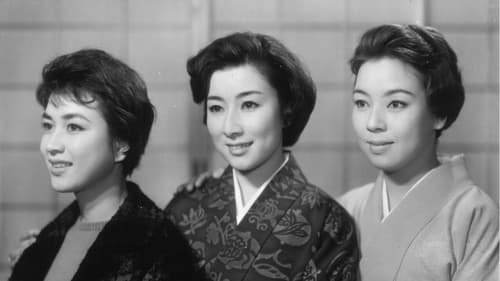
1959 adaptation of Junichiro Tanizaki's novel.

The story follows Oshino, a geisha who is trying to start a new life with a lover who is a painter. However, her past filled with debts and pimps catches up to her.

When a nobleman finds a woman to be an obstacle to his growing political influence, he kills her and her cat and has their bodies immured in a wall. Shortly afterwards, a catlike demon begins to haunt the castle.

Suzunosuke faces perhaps his wildest foes. This evil gang is lead by a one-eyed birdman and other demonic creatures.
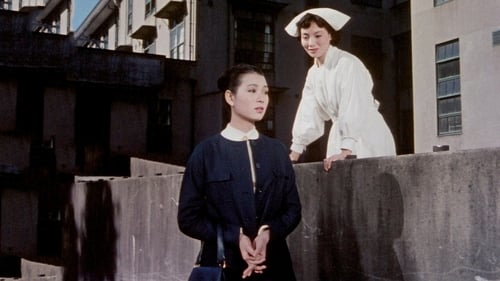
Shima Takiko
The story revolves around a young man appointed to rescue a troubled hospital who must choose between two women, a dedicated nurse or a spoiled rich girl.

A woman struggles to raise her young son on her own in postwar Japan, finding companionship with a kind laborer while still hoping for the return of her missing husband.

Adaptation of the Yukio Mishima novel.

An exciting film about thugs, in which murders and drugs, justice and resentment explode in the dark city of Tokyo with the help of guns and violence.

Lu-hua
당나라의 현종황제는 깊게 사랑하던 처 무혜비를 잃고 실의의 나날을 보내고 있다. 측근들은 황제의 마음을 사로잡을만한 여인을 열심히 찾지만 어느 누구도 그의 마음에 들지는 않는다. 정치적 야심을 갖고 있던 안록산은 어느 날 양씨 집안의 부엌에서 양옥환이란 아가씨를 발견하고 그녀를 황제에게 추천한다. 현종은 전의 황후와 많이 닮은 그녀에게 관심을 가지기 시작한다. 미조구치 최초의 컬러 영화로 호화로운 궁정을 무대로 한 역사물이다. 현종이 양귀비를 너무 사랑한 나머지 결국 당제국을 멸망의 길로 접어들게 했다는 역사적 사실을 배경으로 하면서도 미조구치는 남녀 간의 슬픈 사랑에 초점을 맞춘다. 정감 넘치는 대작이다.

A Girl isn't Allowed to Love is a 1955 Japanese film directed by Teinosuke Kinugasa.
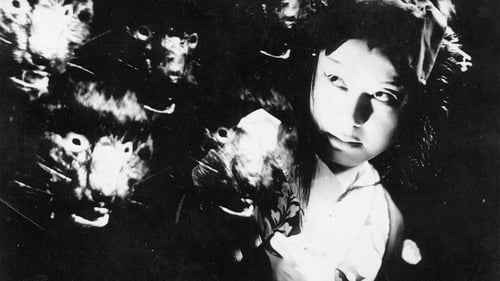
A kabuki actress is murdered. Her pet cat laps its mistress's blood and becomes a demon possessed by the vengeful murder victim.
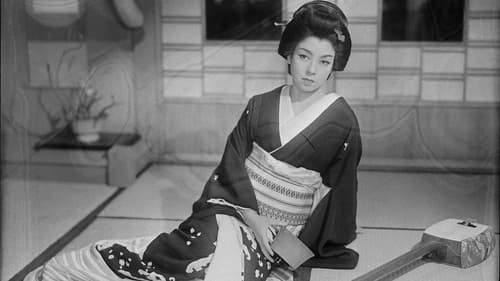
Oyasu
Based on the original work of Akutagawa Prize-winning writer Ashihei Hino, the film depicts the love of the proud geisha Nobukichi Hakata in the early Taisho era.

Head Nurse Oshita
Adaptation of the novel by Masao Kume.

Michiko Asakura was married to the eldest son of the Sakuma family, an unsealed family in Shinshu, but died from her husband and returned to her parents' house in Tokyo with her five-year-old daughter Yoshiko.
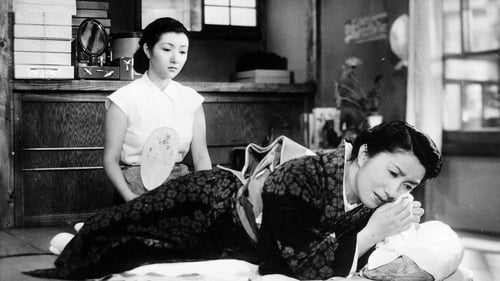
Nuiko
관광버스 안내원을 하는 키요코의 가족은 도쿄의 서민 동네에 살고 있다. 오빠와 두 언니, 그리고 막내 키요코의 4형제는 모두 아버지가 달라서인지 다툼이 그치질 않는다. 지긋지긋하게 싸우는 가족들의 모습에 질린 키요코는 집을 나와 하숙을 시작하게 된다. 나루세 미키오 감독이 다이에이 영화사에서 찍은 최초의 영화로 익숙하지 않은 환경에서의 촬영이었으나, 가족들이 각자의 마음을 숨긴 채 소바를 먹는 장면은 나루세 미키오 특유의 시선극을 잘 보여준다. 20세기 중반 일본 영화의 황금기를 이끌었던 거장 나루세 미키오의 대표작

Asako works in a hostel for troubled young women. When a beautiful young girl is brought in one day after committing theft, Asako finds out from the older widow she works with that the new girl is undoubtedly her half-sister. When the younger sister suddenly flees on account of a misunderstanding, Asako makes up her mind to find the mother who deserted them both.
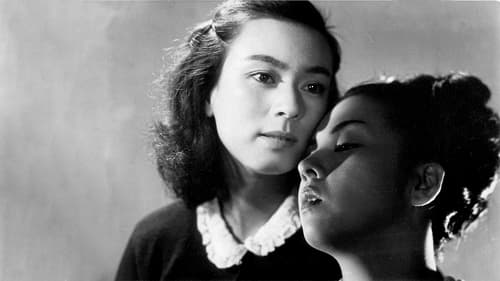
기온의 게이샤 오키쿠의 딸로 무언가에 대한 반발심에 만나는 남자를 수시로 갈아치우는 기미쵸(君蝶)와 시청에서 근무하는 여동생을 비교하며 화류계를 리얼하게 묘사함. 각본 신도 가네토가 미조구치 겐지에의 오마쥬로 써내려간 작품.

Life and love in corrupt postwar Tokyo, as a young couple struggles against both the law and the mob.

Akiko Ida
전쟁 직후의 일본 사회를 배경으로 여인의 수난을 그린 작품. 미조구치 겐지의 <밤의 여인들>에서 창부 역할을 훌륭히 소화해 낸 인기 여배우 다나카 기누요가 호연했다. 전작인 <셋방살이의 기록>이 도시 인정물의 연장선상의 희극적인 작품이었다면, <바람속의 암탉>은 패전 후의 생활고와 가혹한 현실을 다룬 작품으로 가족간의 갈등을 주로 다루었던 오즈의 작품 세계에서 전후 일본사회에서 겪는 여성의 수난을 다루었다는 점에서 특기할 만한 작품이다. 전후 일본의 동떨어진 비현실적인 묘사로 동시대의 비평가들로부터 비판의 대상이 되기도 했던 작품이지만, 오즈의 후기 영화미학으로 가는 과도기적인 작품이다. 전쟁은 끝났지만 전쟁에 나간 남편 슈이치는 돌아오지 않고 소식도 없다. 남편 없이 어렵게 가정을 꾸려가던 도키코는 아이의 병원비를 벌기 위해 몸을 판다. 그러던 중 슈이치가 집으로 돌아오고, 아내는 남편에게 매춘 사실을 고백하는데..
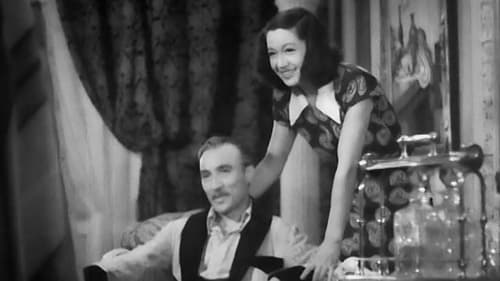
Chiyo, Tadahiko's girlfriend
제2차 세계대전에서 일본이 패전한 후, 부와 명예를 누려왔던 안조가(家)는 그동안의 삶의 방식은 물론 저택마저 포기해야 하는 상황에 이른다. 안조가의 저택에서 마지막 무도회가 열리는 날, 새로운 삶을 찾아야 하는 가족은 서로 갈등을 겪는다.

The film is set during the days of the scarcity of food after World War II, during which five men ate an elephant that died in a zoo. The elephant's corpse however, was infested with deadly bacteria and the men have only 30 hours left to live...

It is 1921 and a town has a newspaper which prints urgent bulletins as required. The Washington-based CITES treaty, in which Japan participates, puts a limit on the number of warships any country can possess. As a result, Japan has to decommission a ship to its makers' disappointment. An institute of technology's laboratory designs a new ship. Due to less ships, sailors have to retire and are also disappointed. The laboratory's manager and an admiral are visiting a patient at a hospital and meet coincidentally. The former has a daughter who worries about her father's workload. She asks him to accompany her to a concert. Father has little time, but is convinced for her sake. He is inspired for a ship's design at the performance. The film is inspired by the life of Jo Hiraga.

Story of Jiro

Family of Love
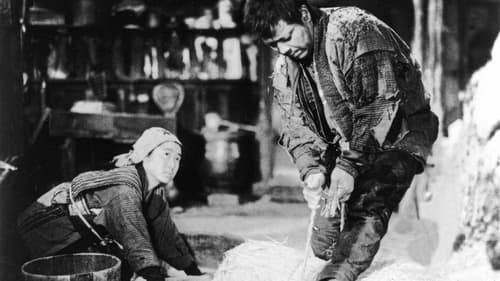
Landowner's Wife
Kanji is a poor peasant widower who struggles to earn a living for his daughter and himself and to pay off his father-in-law's debts.
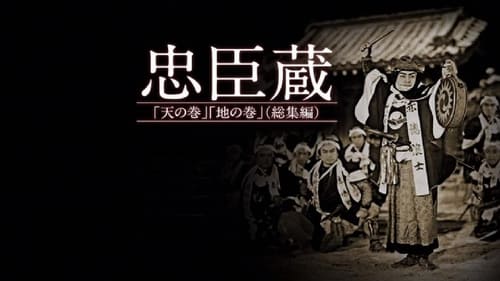
The vassals of the Asano clan, who surrendered the castle & became wanderers, deceive the enemy and the public, wait for an opportunity to avenge their master and his family.

A 1937 Japanese language film directed by Tomu Uchida, starring Ryo Akaboshi, Mitsuru Date and Hisao Furutani.































